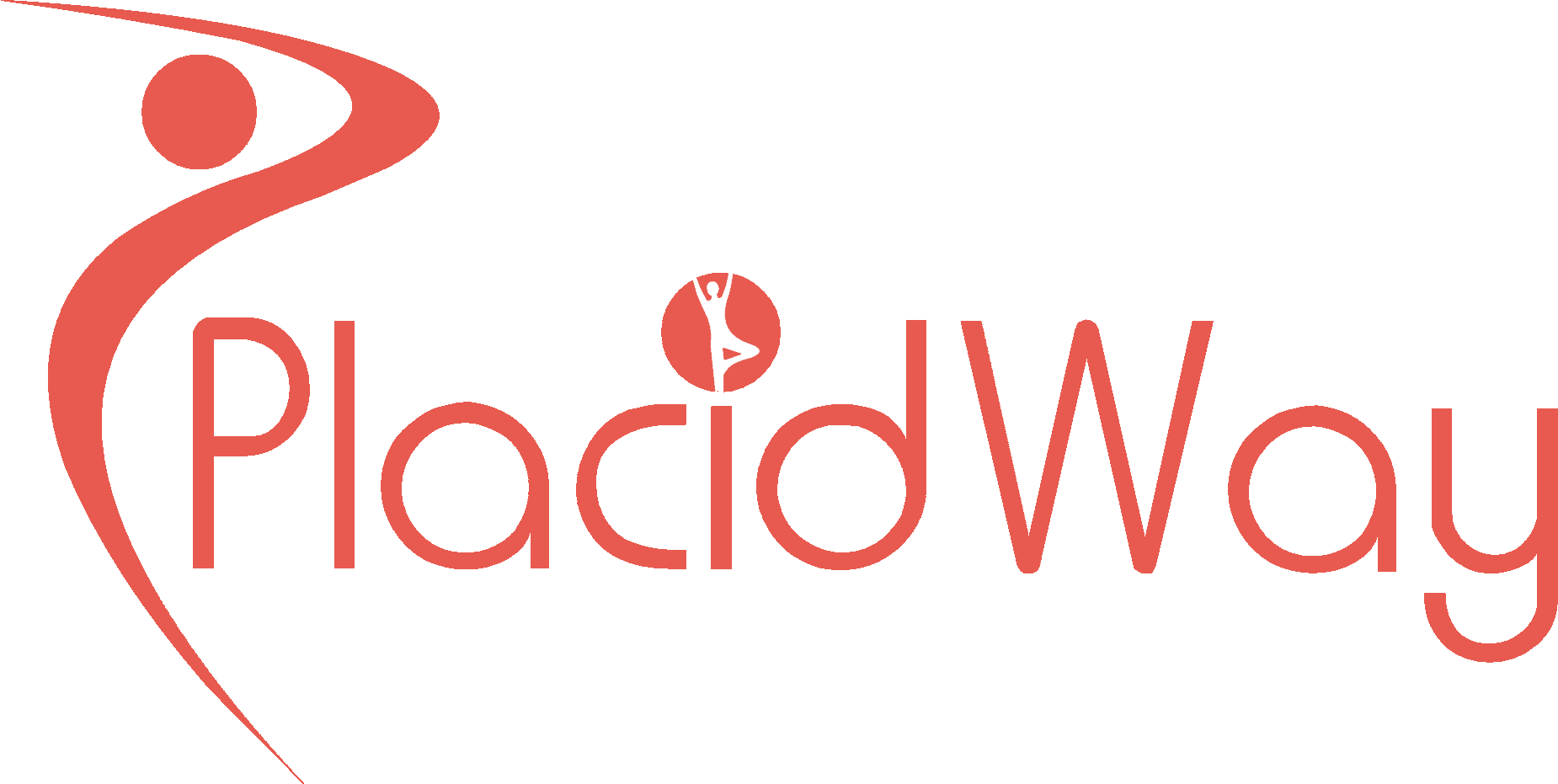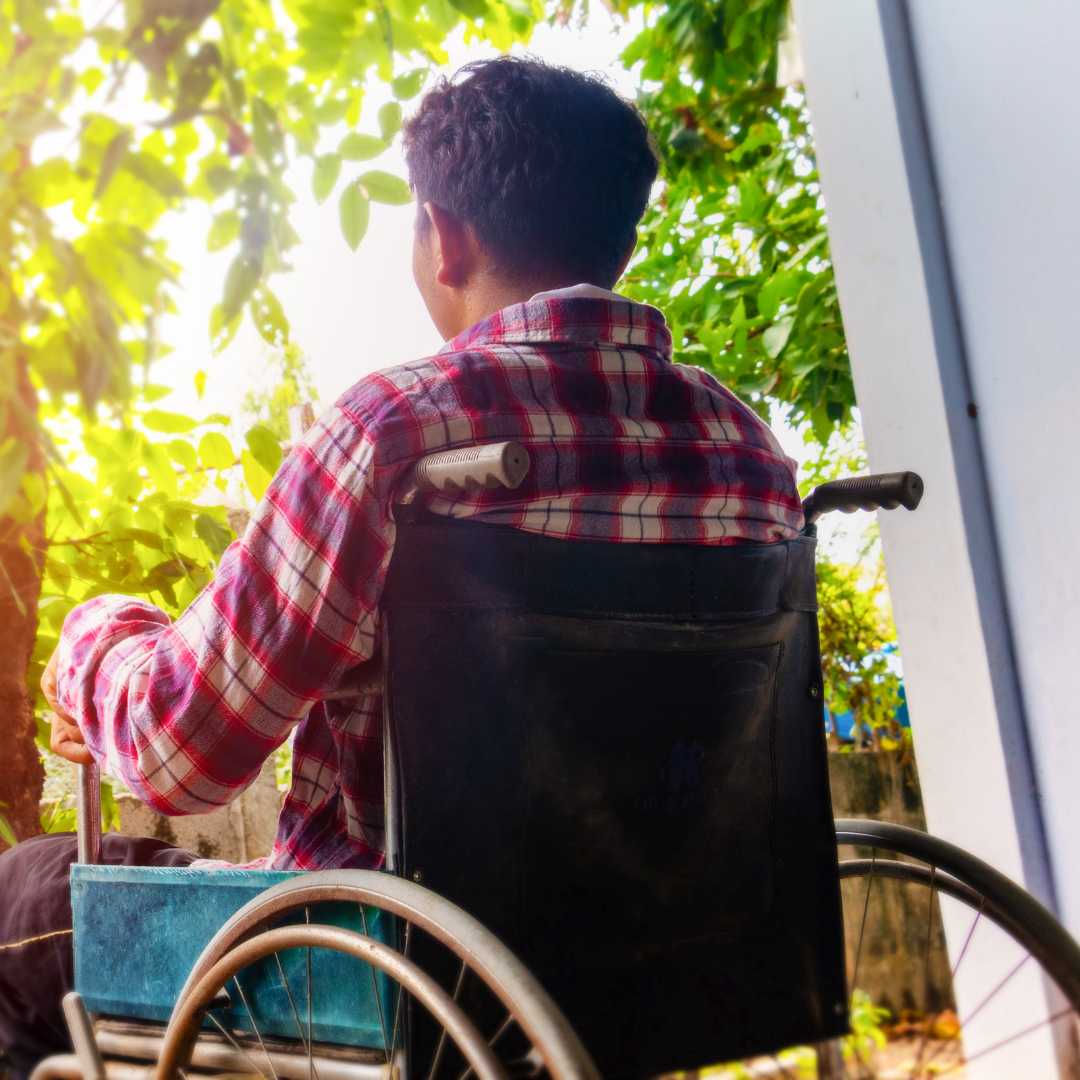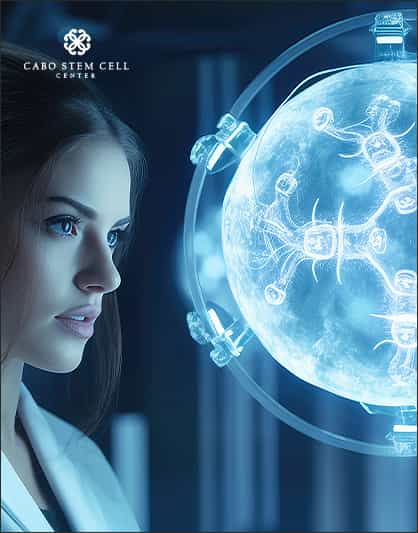Stem Cell Therapy Timeline: How Long Until You See Results?
.png)
Stem cell therapy is a revolutionary treatment that promotes tissue repair, regeneration, and healing for various medical conditions. Many patients considering this treatment often ask, "How long does it take for stem cell therapy to work?" The answer varies based on factors like the condition being treated, the type of stem cells used, and the patient's overall health.
This guide explores the expected timeline for results, key factors affecting recovery, and what to expect post-treatment.
Key Insights at a Glance
- Initial Improvements: Some patients notice reduced pain and inflammation within a few weeks.
- Noticeable Changes: Most see significant progress within 3 to 6 months after treatment.
- Full Effects: Maximum benefits often develop over 6 to 12 months.
- Chronic Conditions: Some cases may require up to 2 years for full regeneration.
- Patient-Specific Variability: Results depend on age, health, and severity of the condition.
Understanding the Stem Cell Therapy Timeline
Stem cell therapy works by stimulating the body's natural healing process, but it does not produce instant results. Instead, improvements occur gradually as the stem cells repair and regenerate damaged tissues.
Typical Recovery Timeline
| Timeframe | Expected Results |
|---|---|
| First Few Weeks | Reduced inflammation, slight pain relief in some cases. |
| 1 to 3 Months | Improved mobility, tissue healing begins. |
| 3 to 6 Months | Significant symptom reduction, better function. |
| 6 to 12 Months | Maximum tissue regeneration, long-term healing. |
| Up to 2 Years | Continued improvements in chronic or severe cases. |
Factors That Affect Stem Cell Therapy Results
1. Condition Being Treated
- Orthopedic Issues (Joint Pain, Arthritis): Results may be visible within 3 to 6 months.
- Neurological Disorders (MS, Parkinson’s): It may take 6 to 12 months for noticeable changes to occur.
- Autoimmune Diseases: Response varies, but improvement can be seen within 6 months.
2. Type of Stem Cells Used
- Mesenchymal Stem Cells (MSCs): Commonly used for joint and muscle regeneration.
- Hematopoietic Stem Cells (HSCs): Often used for blood-related conditions.
- Induced Pluripotent Stem Cells (iPSCs): Can generate various cell types but take longer to show effects.
3. Patient's Age & Health Condition
- Younger patients and those in good health tend to heal faster.
- Elderly patients or those with severe damage may take longer to experience benefits.
4. Post-Treatment Care & Lifestyle
- Following physical therapy, proper nutrition, and avoiding smoking/alcohol can accelerate healing.
- Lack of post-treatment care can delay or minimize the therapy’s effectiveness.
When Can You Expect to Feel Better?
Most patients report some relief within the first few weeks, but the most noticeable improvements happen between 3 to 6 months. Full recovery and long-term effects are often achieved within a year or longer.
Did You Know?
Stem cell therapy continues to work even after a year! The regenerative process can remain active for up to two years, gradually improving tissue health.
Frequently Asked Questions (FAQs)
1. How long does it take for a stem cell injection to work?
The effects of stem cell injections vary, but most patients experience some relief within a few weeks. Significant improvements in pain reduction and function typically occur within 3 to 6 months, while full regeneration may take up to 12 months or longer.
2. What not to do after stem cell injections?
Avoid heavy exercise, anti-inflammatory medications, and alcohol for at least 6 weeks after treatment. Smoking should also be avoided, as it can slow down recovery. Follow your doctor’s post-treatment guidelines to ensure optimal healing.
3. How fast do stem cells work?
Stem cells begin working immediately, but noticeable improvements take time. Some patients feel early benefits in a few weeks, while others see progress within 3 to 6 months. The healing process continues for up to 2 years in some cases.
4. What to expect after stem cell injections?
After a stem cell injection, mild swelling, soreness, or stiffness may occur for a few days. Pain relief and mobility improvements typically develop gradually over several months. Long-term healing depends on lifestyle and post-treatment care.
4. Can everyone experience the same recovery time?
No, results vary by individual. Age, health condition, and lifestyle choices influence how fast and effectively stem cells work.
5. Does stem cell therapy require multiple sessions?
In some cases, repeat treatments may be needed for chronic conditions or severe tissue damage to achieve the best results.
6. What can slow down stem cell therapy results?
Poor lifestyle choices, smoking, excessive alcohol, and lack of proper rehabilitation can delay or reduce the therapy’s effectiveness.
7. What should I do to speed up recovery after stem cell therapy?
- Follow post-treatment care guidelines.
- Eat a healthy diet rich in vitamins and proteins.
- Stay active but avoid overexertion.
- Attend follow-up appointments for progress tracking.
Experience the Benefits of Stem Cell Therapy
Stem cell therapy offers a natural, long-term solution for healing and tissue regeneration. While results take time, most patients experience positive changes within a few months, with continued improvements over the long term.
If you're considering stem cell therapy, consult a specialist today to understand how it can benefit your specific condition!








.png)
.png)
.png)



